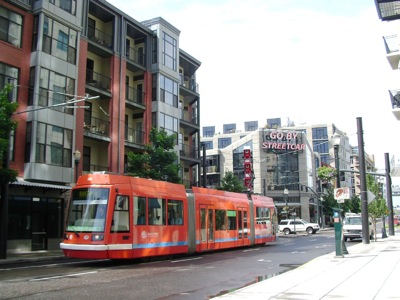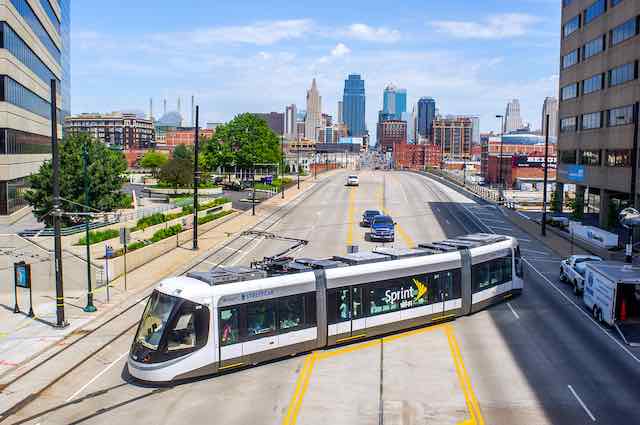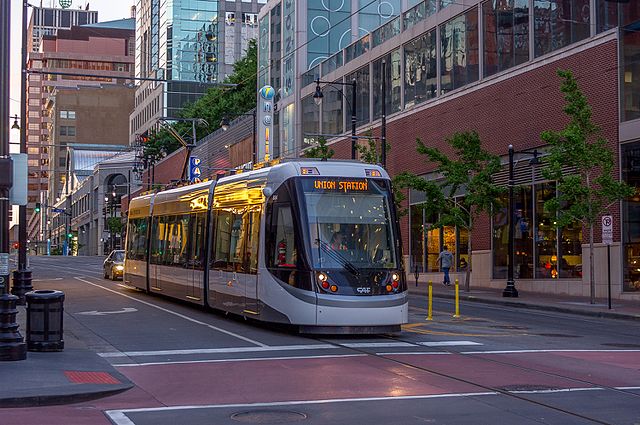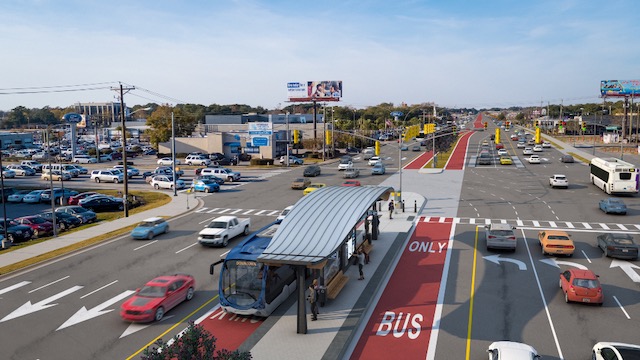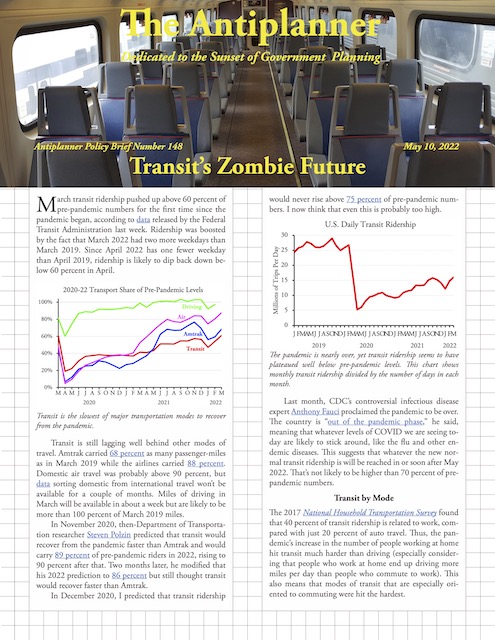The streetcar craze is just insane. Los Angeles wants one; so does San Antonio. It was bad enough when cities all over the country were building light rail, an expensive, obsolete form of transportation that at least has the virtue of providing slightly better service than the local buses it usually replaced. But streetcars have no redeeming transportation value at all; they are hardly faster than walking, they are far more expensive than buses; and (because, for safety reasons, they cannot operate as close together) their capacity is much lower than a bus line.
Yet at the rate things are going, in a few years more cities will have streetcars than light rail. Cincinnati is further along than most other cities; Sacramento is talking about one; Tucson is building one; and Atlanta apparently hasn’t wasted enough money on its flop of a heavy-rail line, so it is talking about streetcars. Even normally sensible Kansas City is talking about streetcars.

